AAPOD2 Image Archives
barred spiral galaxy
Featured Astrophotographer on AAPOD2
M83
M83 is a barred spiral galaxy located 15.21 million light years from Earth in the southern constellation Hydra. With a diameter of about 55,000 light years, it is roughly half the size of the Milky Way. M83 is one of the nearest and brightest barred spirals in the sky.
One interesting feature of M83 is the high number of supernova's observed during the last century.
Newer generations of stars in M83 form mainly in clusters on the edges of the dark, spiraling dust lanes. These bright, young stellar groupings are only a few million years old and produce massive amounts of ultraviolet light. That light is absorbed by the surrounding diffuse gas clouds, causing them to glow in pinkish hydrogen light.
Imaged in LRGB and H alpha on our CDK 1000 at El Sauce (Obstech) in the Atacama Desert in Chile.
Image Processing: Roberto Colombari and Mike Selby
System control: Voyager by Leonardo Orazi
COPYRIGHT: [Mike Shelby][1]
NGC 1365
Barred spiral galaxy NGC 1365 is truly a majestic island universe some 200,000 light-years across. Located a mere 60 million light-years away toward the chemical constellation Fornax, NGC 1365 is a dominant member of the well-studied Fornax galaxy cluster. This impressively sharp color image shows intense star forming regions at the ends of the bar and along the spiral arms, and details of dust lanes cutting across the galaxy's bright core. At the core lies a supermassive black hole. Astronomers think NGC 1365's prominent bar plays a crucial role in the galaxy's evolution, drawing gas and dust into a star-forming maelstrom and ultimately feeding material into the central black hole.Location/Date – El Sauce, Chile, December 2020Imaging System – Planewave 17” CDK, 10 Micron GM3000, FLI ML16803 Chroma FiltersExposure – LRGB, 9 hoursProcessing – Pixinsight
Credit/Copyright – Casey Good / Good Astronomy



